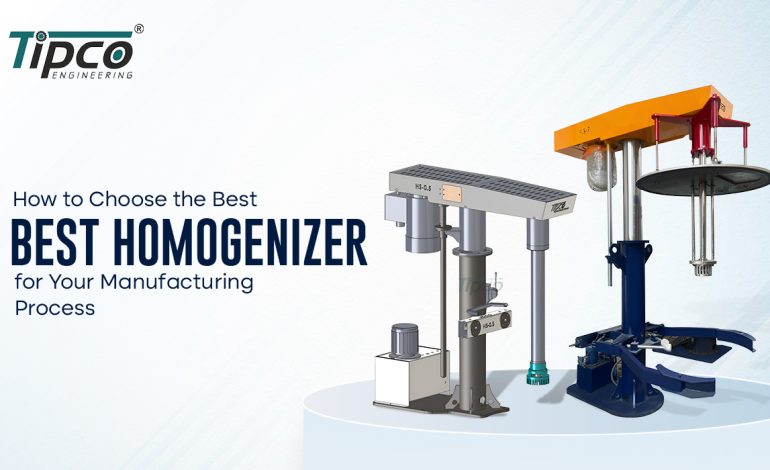
Types of Paint Mixing Machines: A Comprehensive Guide
For paints and coatings, making sure the mixer machine is regular and uniform is important for the quality of the product, the colour accuracy, and how easy it is to use. It’s important to use the right paint mixing machine, whether you work in a store that sells paint or a plant that makes it. Today, there are different kinds of paint mixers for mixing paints with different viscosities and in different amounts.
There is a lot of information in this guide about the most popular types of paint mixing machine and when they work best.
Manual Paint Mixing Machine
The easiest to use is the paint mixer that you mix by hand. Small shops and businesses often use these to mix small amounts of paint. Most of these tools have a mixing paddle that can be turned by hand or hooked up to a drill to move paint around in a container. Manual paint mixer machine is cheap and simple to use, but it depends on the skill and hard work of the person using it, so it is not ideal for large-scale or repeated mixing tasks.
You can use these tools to mix small amounts, touch up colours, or get paints ready for personal or local use. Even though they are slow and don’t have automation, they are still a cheap way to do light-duty work.
Electric Paint Mixing Machine
With electric paint mixers, the mixing is done automatically, which makes the end result more even than with hand mixers. The electric motors in these tools make the mixing paddles move at different speeds. This lets you change the colour and thickness of the paint more.
There are a lot of professional paint shops and medium-sized factories that use electric mixers like bead mill. They come in both mobile and stand-alone styles. Fixed ones are better for making bigger amounts of paint in a workshop, while portable ones are better for work out in the field. With an electric paint mixer, you don’t have to do as much work, you save time, and the paint is mixed properly.
Pneumatic Paint Mixers
Factory settings where electrical equipment could be dangerous often use paint mixers that are powered by air or pneumatics. This is especially true when working with solvent-based or flammable paints. Compressed air powers these tools, which are usually mounted on drums, pails, or tanks to make sure they mix everything well.
High-Speed Dispersers
High speed disperser is often used in large-scale paint making when pigments, binders, and solvents need to be fully broken down and mixed. Blades that move very quickly and are very sharp are used in these tools to spread and mix small parts.
Planetary Mixers
To mix thick or sticky paints, like epoxy or paints with a rough base, planetary mixers are the best way to go. These machines have blades that move in two ways at the same time. They move around their axis and the axis in the middle of the bowl. This action, which is like the movement of planets, makes sure that the mixture is mixed properly all the way through.
Gyroscopic Paint Mixers
Gyroscopic mixers are often sold in paint stores and tool stores. You don’t have to open the paint cans to mix the colours with these tools. A mixer holds the can that is closed and spins it in different paths. This keeps the colours from running and lets air flow through without making a mess.
Static Mixers
Static mixers don’t have any moving parts like the dynamic tools we’ve already talked about. The paint is forced through a pipe or tube that has several filters or other mixing parts inside it. The paint is broken up and put back together many times as it goes through these parts, making a smooth mixture.
Choosing the Right Paint Mixer
Several important things must be taken into account when picking the right paint mixing machine. These include the type of paint, its viscosity, batch size, safety standards, and the machine’s main purpose. For small amounts and use in the store, gyroscopic or hand-cranked mixers might be enough. For the best results in an industrial setting, you might need high-speed dispersers, hydraulic mixers, or planetary systems.
Another important thing to think about is how much technology and control are needed. More accurate machines have programmable settings and adjustable speed controls. A simpler machine like a dyno mill, on the other hand, might be less expensive and easier to keep up.
Conclusion
It’s both an art and a science to mix paint, and having the right tools will help you make something that looks good and works well. Every kind of paint mixer, from attritor mill machines to hand-held paddles, is used for a different task when paint is being made or used. It is helpful for stores, companies, and even end users to know the differences between them so they can pick tools that meet their quality and operational needs.
Tipco Engineering makes many types of process tools. These include Sigma Kneaders, Twin Shaft Dispensers, Paint Dispersers, dual shft mixer, Sand Mills, Ribbon Blenders, Paint Manufacturing Machines, and more. We can meet the wants of all of our customers because our building is new and our production line is flexible.





